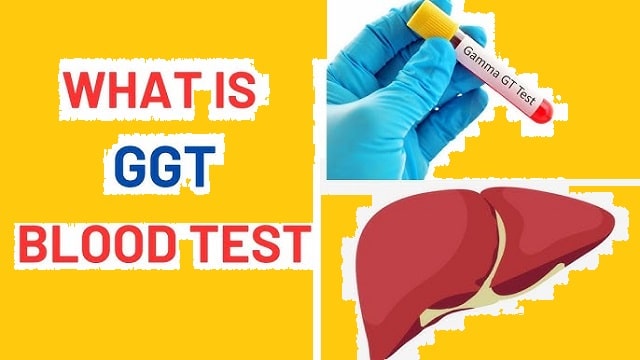What is Gamma GT Check?
The Gamma GT (Glutamyl Transferase) test is part of a liver function test that aims to assess the health condition of the liver.
Gamma-glutamyl transferase (GGT) is an enzyme found in various organs of the body. However, its highest levels or concentrations are found in the liver.
If there is damage to the liver or bile ducts, the levels of these enzymes will continue to increase.
Why Do a Gamma GT Check?
Gamma GT check is done to check for liver and bile duct disease, and to monitor liver damage due to excessive alcohol consumption.
In addition, this examination is also carried out to determine increased levels of alkaline phosphatase (ALP), which are caused by liver or bone disease.
When is Gamma GT Check Performed?
GGT test can be done when someone has higher ALP levels. The goal is to measure the level of SGPT enzyme in the blood to see if there is any liver damage.
If the cells in the liver organ are damaged, the SGPT enzyme will be released from the liver cells and enter the blood. Well, that is what causes the enzyme content to increase in the blood.
A GGT test may be performed when the ALP test result is high, but other tests that are part of the liver function test (such as AST and ALT) are not elevated.
The Gamma GT test may be performed in conjunction with, or as a follow-up to, other liver function tests.
The following are symptoms that indicate liver disease, and need to do a liver function test or Gamat GT:
- Weakness and fatigue.
- Loss of appetite.
- Nausea and vomiting.
- Abdominal swelling or pain.
- Jaundice.
- Dark urine and light-colored stools.
- Itching (pruritus).
Gamma GT testing can also be performed on someone with a history of alcohol abuse who has completed treatment.
This test aims to monitor how effective the treatment is and how the liver functions after the treatment is given.
How to Do a Gamma GT Check?
Before performing a Gamma GT check, the doctor will instruct the patient to fast for eight hours.
If the patient is taking certain medications, it is best to stop using the medication temporarily, but of course with a doctor’s recommendation.
Then, the doctor will take a blood sample from a vein in the elbow crease. Previously, the doctor will attach an elastic band so that the blood vessels appear prominent.
Once the blood sample is obtained, it will be placed in a bottle for analysis in the laboratory.
After blood sampling, the patient may experience pain or bruising at the needle puncture area.
Don’t worry, because this condition can heal itself over time.
How to Read the Results?
The results of the blood sample can be seen 24 hours later. Don’t worry, because the doctor will explain in detail regarding the condition experienced.
The normal range for GGT levels is 948 units per liter (U/L). However, this normal value can vary depending on age and gender.
It is important to remember that the GGT test can diagnose liver damage, but it cannot determine the cause.
If the results show that the GGT level in the body is increased, the patient will most likely need to undergo further examination. This is because the higher the GGT level, the greater the risk of liver damage.
The following conditions can affect GGT levels:
- Drinking alcohol too often.
- Chronic viral hepatitis.
- Lack of blood flow to the liver.
- Liver tumor.
- Cirrhosis or liver damage.
- Taking medication too often.
- Heart failure.
- Diabetes.
- Pancreatitis.
- Fatty liver disease.
GGT is often measured relative to other enzymes, such as alkaline phosphatase (ALP).
If GGT and ALP are increased, it is suspected that the body has problems with the liver or bile duct.
If GGT is normal and ALP is elevated, this condition may indicate bone disease.
Is Further Examination Necessary After the Gamma GT Check?
Further tests are needed if the Gamma GT test results are high. One of the tests performed is the alkaline phosphatase (ALP) test.
ALP itself is an enzyme that is found in abundance in the liver, bones, intestines, and kidneys.
High ALP values can indicate liver problems. If GGT and ALP results are both high, liver or bile duct problems are suspected.
However, if the GGT value is normal and ALP is high, this could be a sign of bone disease.
Therefore, patients who have high GGT values usually need to undergo further examination to find out the cause and determine a solution to the underlying cause.

